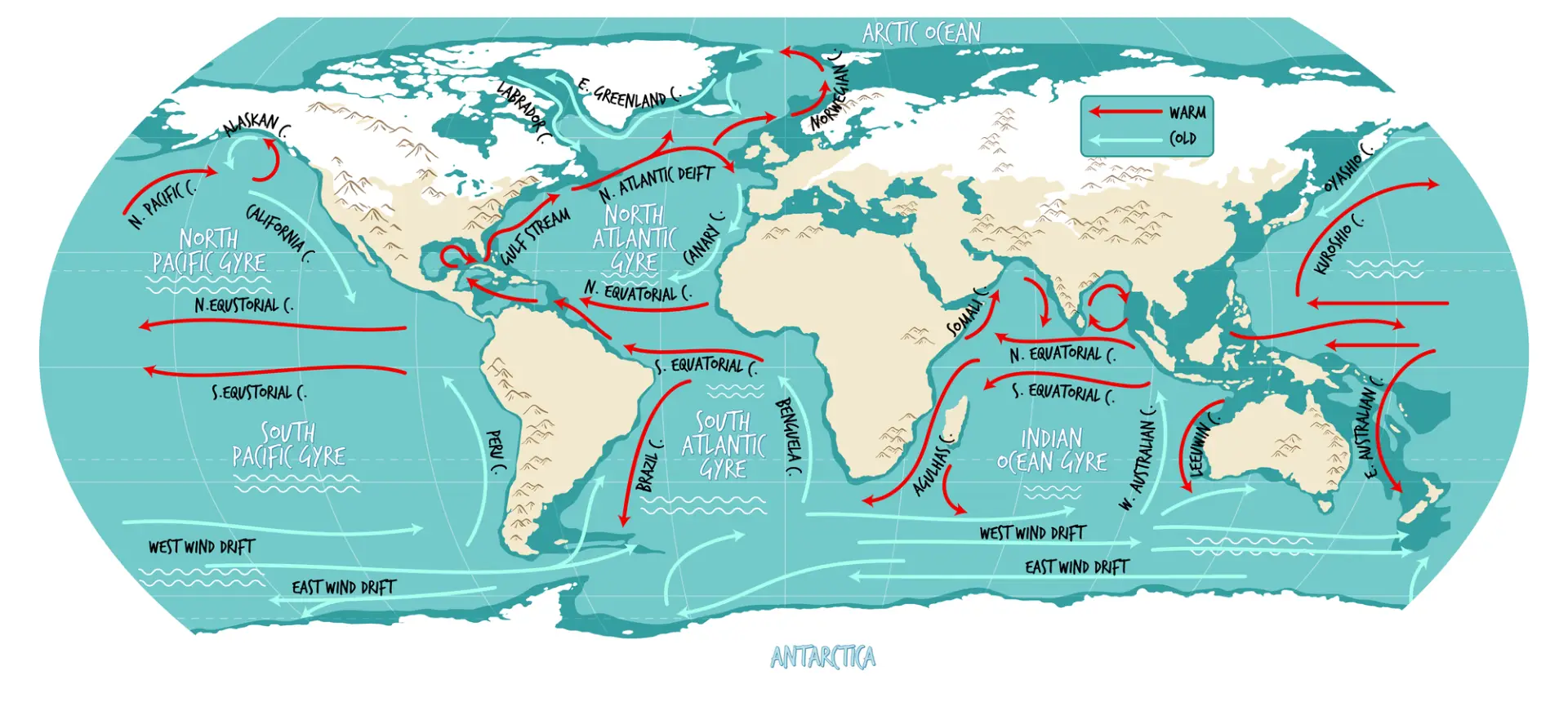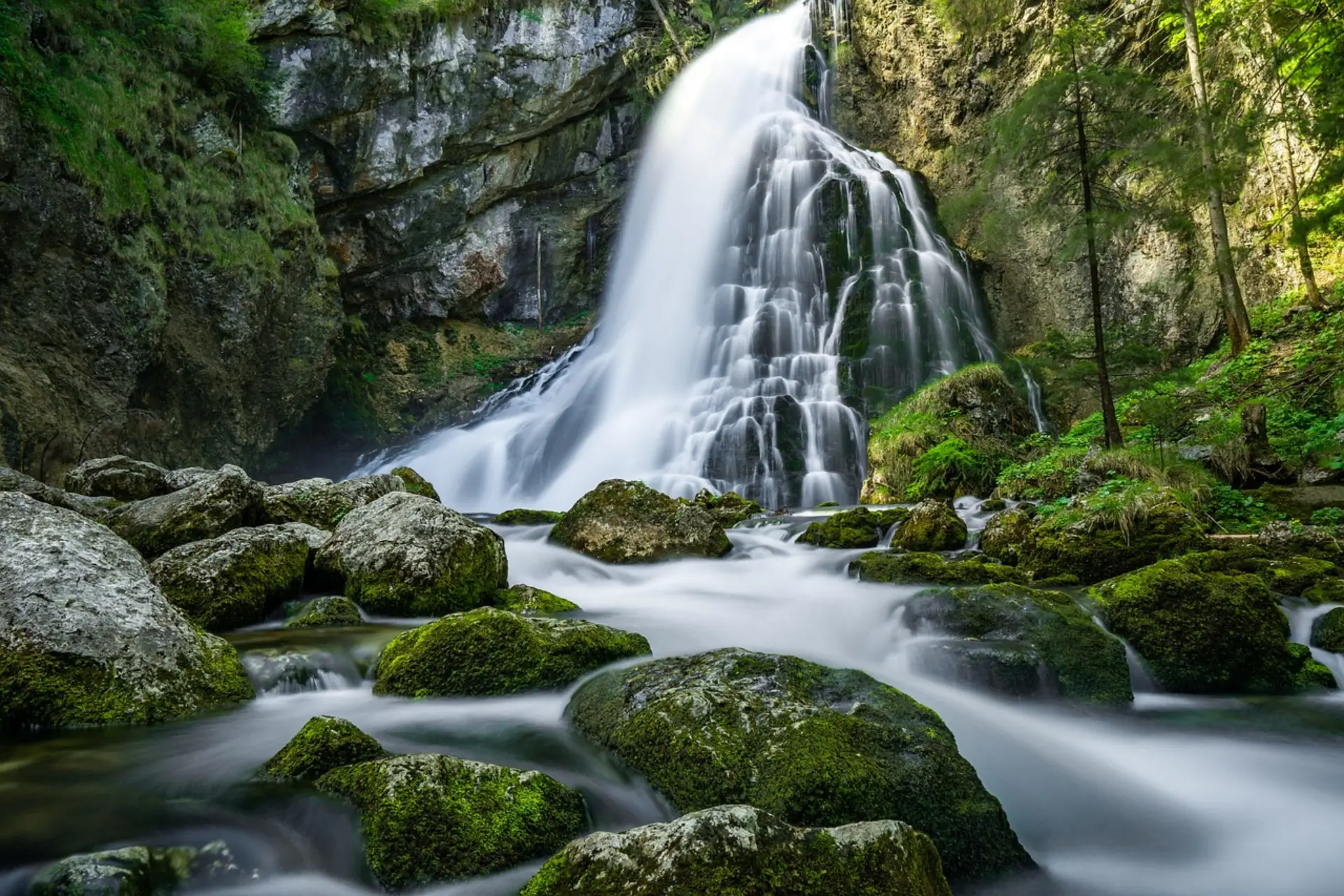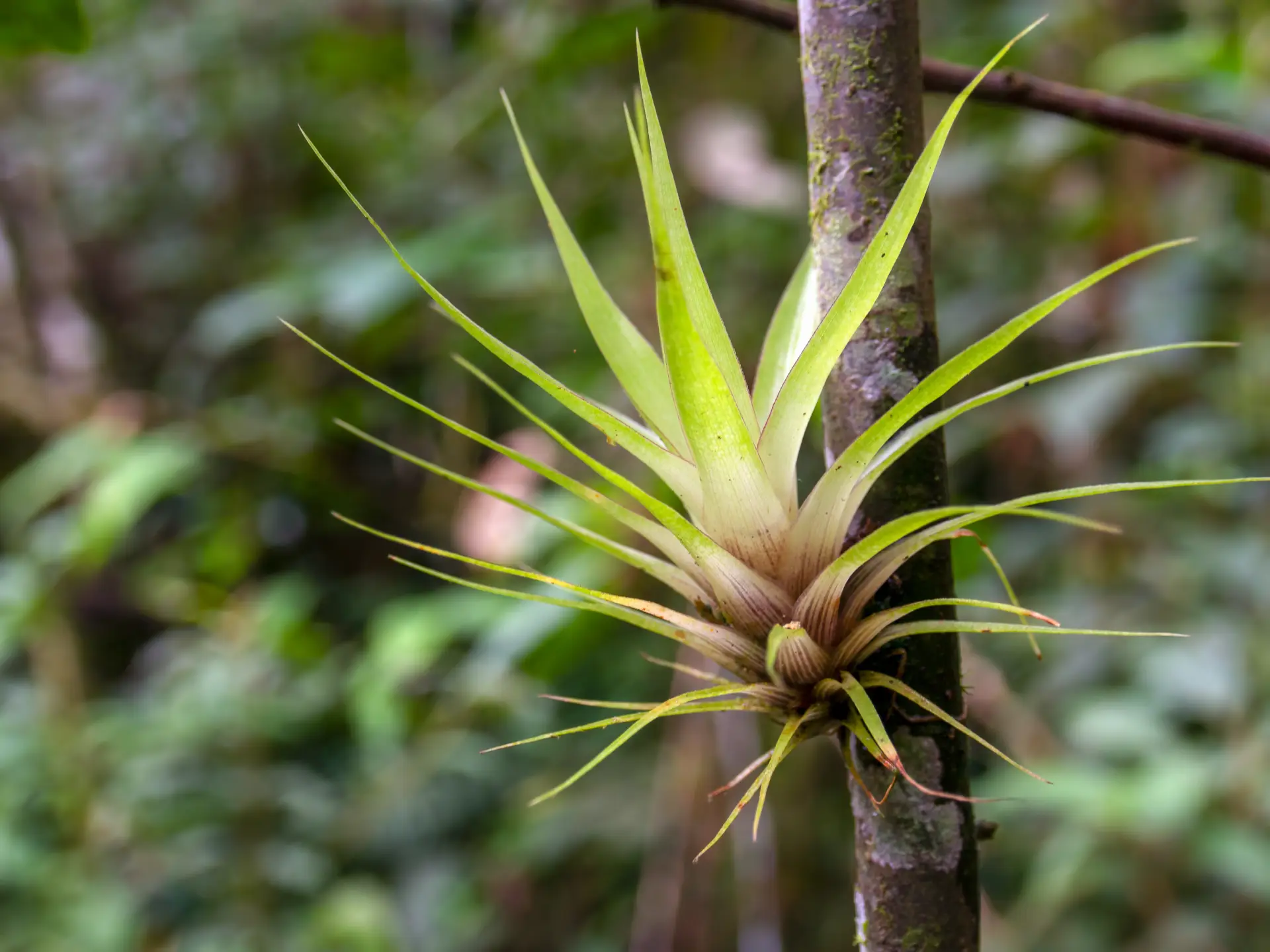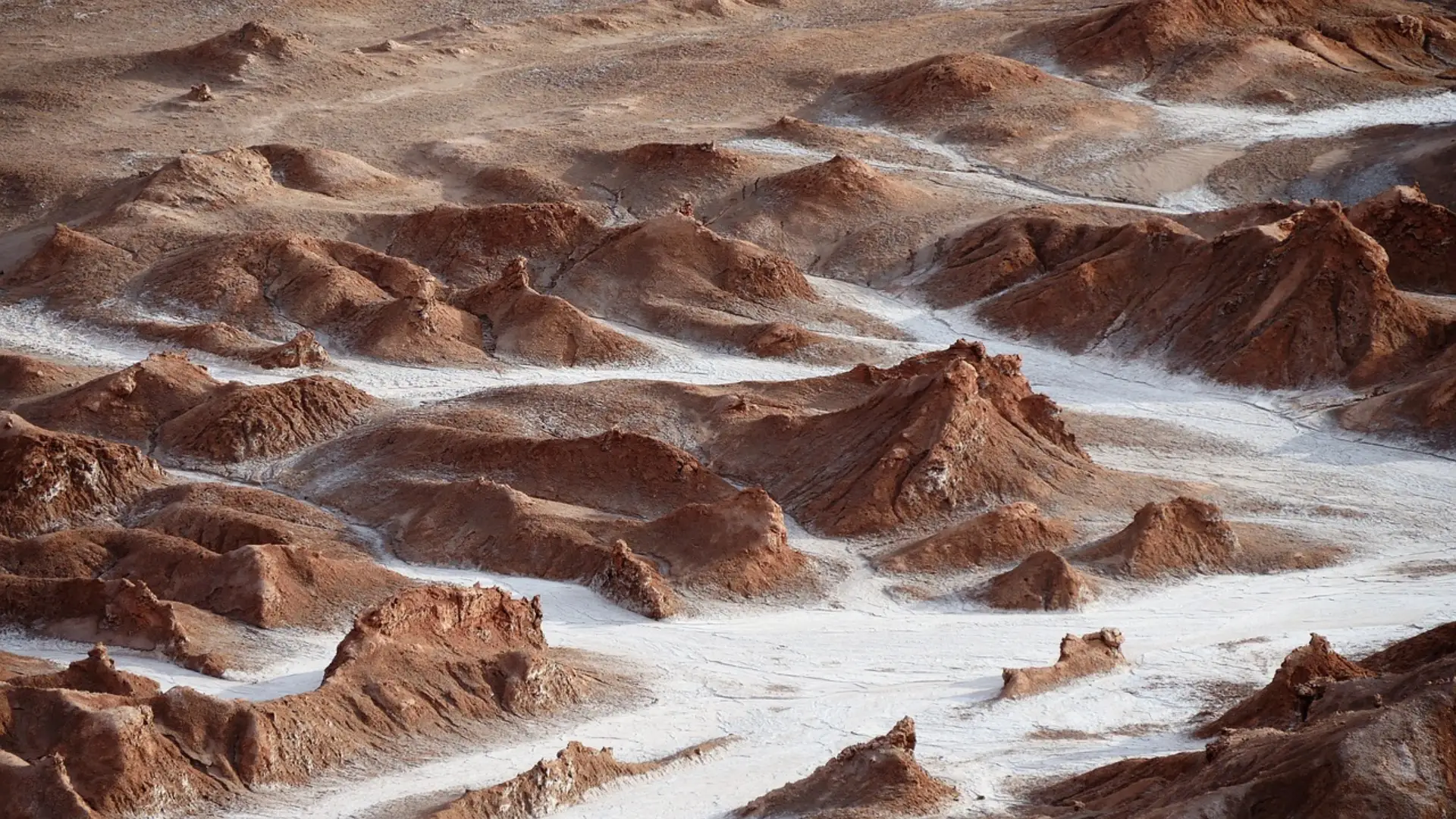Caves and sinkholes filled with fresh water are found in the middle of the jungle!
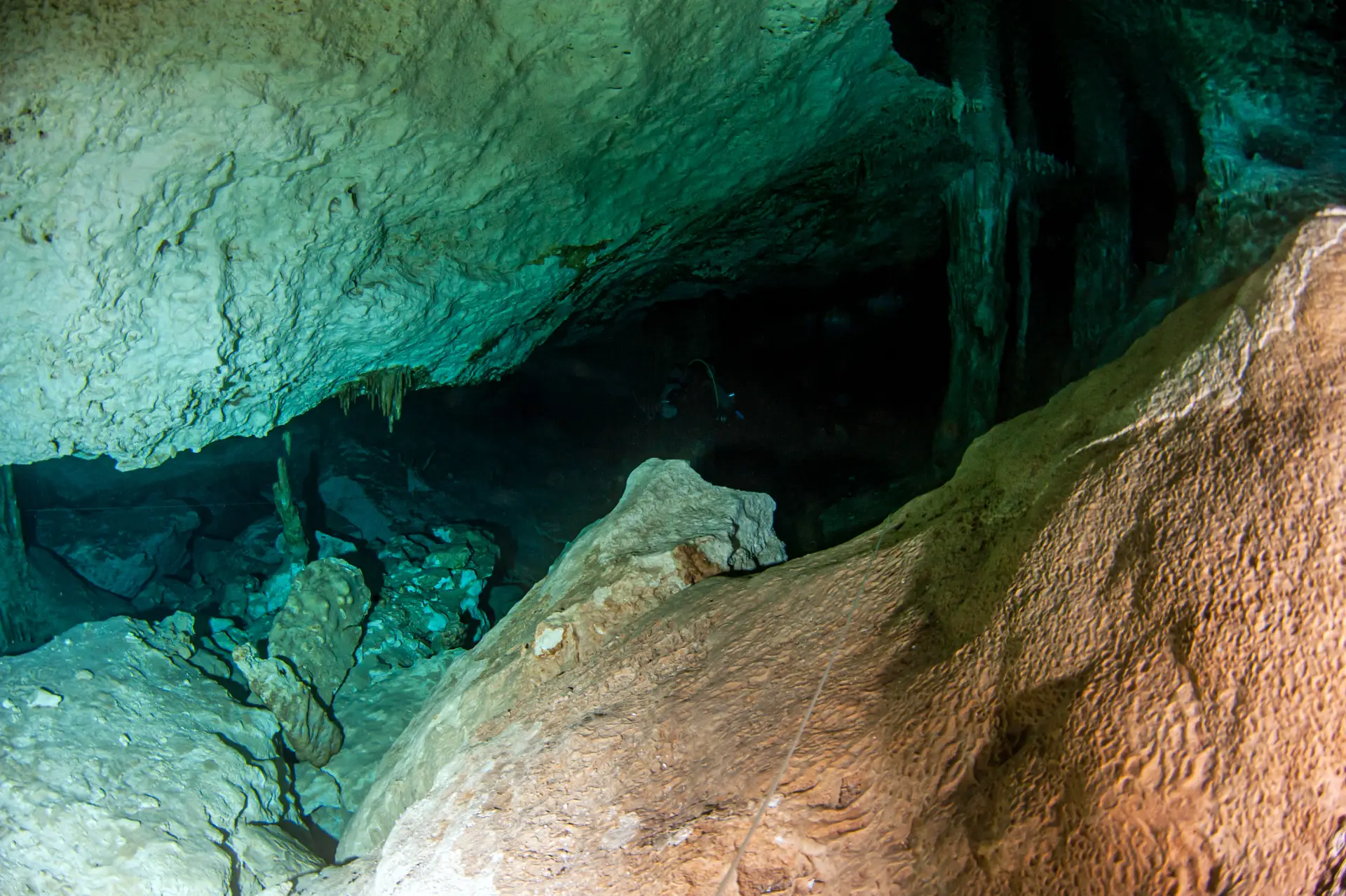
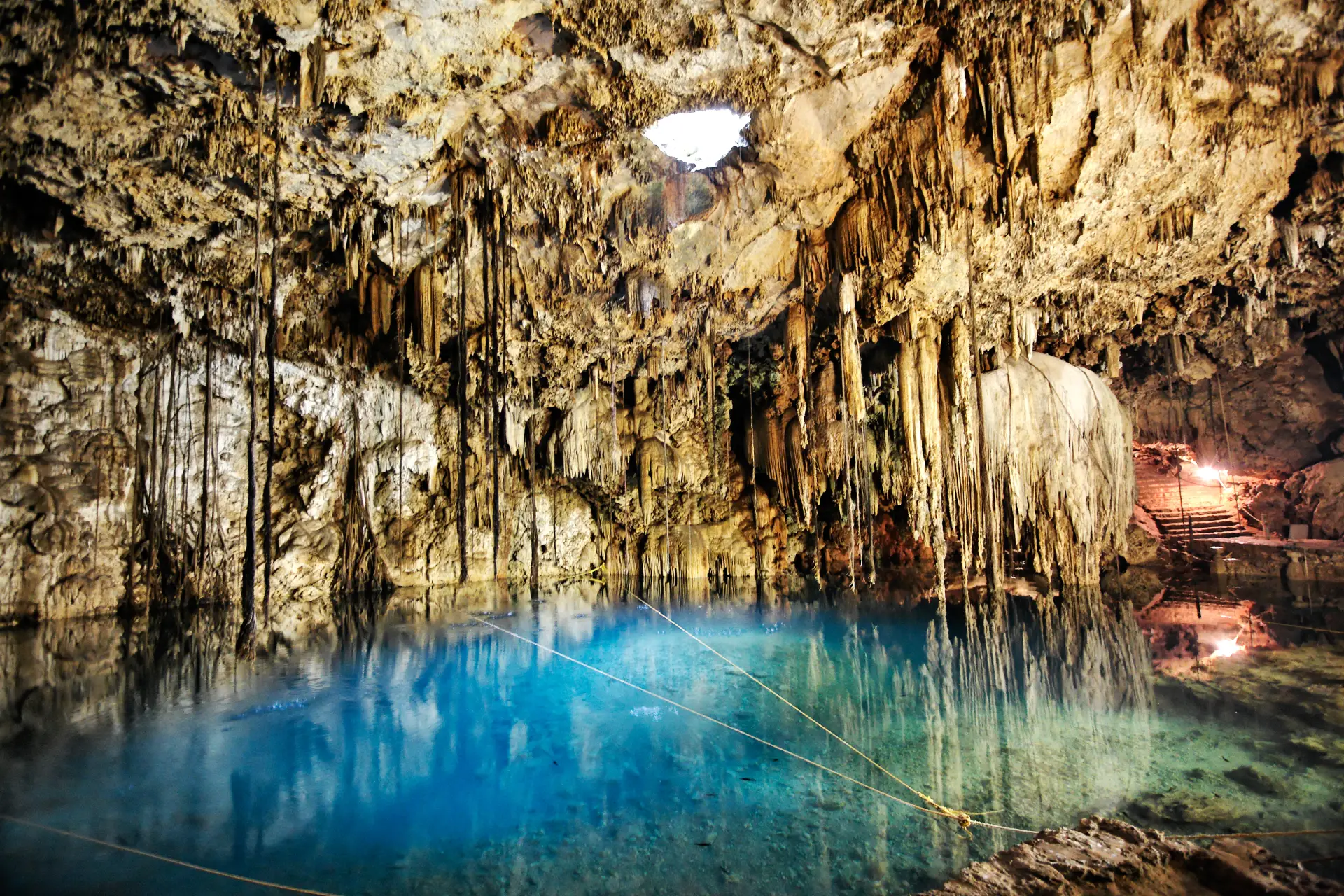
Rainwater is slightly acidic due to chemical reactions in the atmosphere. Carbon dioxide in the air gets converted to carbonic acid when mixed with rain, forming an acid that reacts to the calcium in the limestone. Over thousands to millions of years, this acid eats away some of the limestone, gradually creating larger and larger spaces within the rock. These spaces become caves and caverns. When the cave ceiling becomes too thin to support the weight of the rock and soil above it, it can collapse and form a sinkhole (a depression in the ground that is impermeable).
When it rains, water gets trapped inside the sinkhole where it can further infiltrate the bedrock below.
Cenotes are found in the Yucatan peninsula of Mexico, in the middle of the lush jungle. Cenotes provided drinking water to ancient civilizations, like the Mayans, and are home to bats, fish, and crustaceans.


